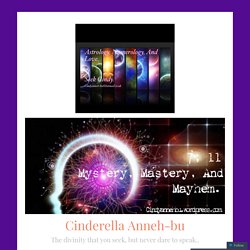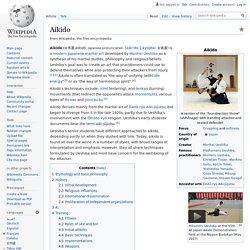

People Can Draw Energy From Other People The Same Way Plants Do. A biological research team at Bielefeld University has made a groundbreaking discovery showing that plants can draw an alternative source of energy from other plants.

This finding could also have a major impact on the future of bioenergy eventually providing the evidence to show that people draw energy from others in much the same way. Members of Professor Dr. Olaf Kruse’s biological research team have confirmed for the first time that a plant, the green alga Chlamydomonas reinhardtii, not only engages in photosynthesis, but also has an alternative source of energy: it can draw it from other plants. The research findings were released this week in the online journal Nature Communications published by the renowned journal Nature.
Flowers need water and light to grow and people are no different. Plants engage in the photosynthesis of carbon dioxide, water, and light. Here are five energy tools to use to clear your space and prevent energy drains while releasing people’s energy: Hook up culture, sacred sensuality(sexuality), tantric sex, and womb healing. The ‘marriage culture’ that we have come to know from our parents generation of failed partnerships, & no intimacy, is what was destructive.

We know better now. We no longer have to marry out of cultural necessity, we actually get to CHOOSE now. That in itself is beautiful.. Hook up culture is the result of a psychologically afflicted generation, too bruised by the degradation of relationship values they’ve seen. We no longer honour the sanctity of union-ship. The holy trinity, mother + father + [=]child, (masculine and feminine energies combining to the highest essence of creation).. If people believed they would genuinely be loved, respected, and received if they entered a partnership, there would be no ‘hook up culture’ Yes, (we) humanity may be collectively moving toward new ideals. The only true reason, you’ll want to be having sex with others without building emotional bonds, is because you are fearful of such intimacy.
When you enter a woman, she has surrendered to you.. Related. Blog. These iPhone & Android Apps Will Help You Stick With Your New Year's Resolutions. I Did a 30-Day Prayer Challenge & This is What Happened. Sexualité: le sexe tantrique, c’est quoi? Notre consultante permanente en sexologie répond à cette question d'une lectrice en expliquant comment le Tantrisme peut améliorer notre vie sexuelle et les liens avec notre partenaire.

Par Cheryl Fraser, Ph. D. Question: Mon partenaire et moi avons entendu parler du sexe tantrique mais nous ne savons pas exactement de quoi il s’agit. Pouvez-vous nous indiquer par où commencer? Réponse: Tantrisme est un mot sanscrit qui signifie «tissé ensemble». Voici un premier exercice pour débuter avec la méthode tantrique. Pour passer au sexe tantrique, faites la même démarche sans les vêtements. Recentrez-vous L’horaire infernal de la vie moderne nous empêche souvent de nous arrêter et de nous concentrer intensément sur notre partenaire. Cheryl Fraser, Ph.D., est psychologue et sexothérapeute à Duncan en Colombie-Britannique. Tiré de: Best Health Magazine, Mars/Avril 2010. Aikido. Modern Japanese martial art Aikido (合気道, aikidō, Japanese pronunciation: [aikiꜜdoː], kyūjitai: 合氣道) is a modern Japanese martial art developed by Morihei Ueshiba as a synthesis of his martial studies, philosophy and religious beliefs.

Ueshiba's goal was to create an art that practitioners could use to defend themselves while also protecting their attackers from injury.[1][2] Aikido is often translated as "the way of unifying (with) life energy"[3] or as "the way of harmonious spirit".[4] Mitsuteru Ueshiba at the 55th All Japan Aikido Demonstration held at the Nippon Budokan (May 2017) Aikido derives mainly from the martial art of Daitō-ryū Aiki-jūjutsu, but began to diverge from it in the late 1920s, partly due to Ueshiba's involvement with the Ōmoto-kyō religion. Ueshiba's early students' documents bear the term aiki-jūjutsu.[6] Ueshiba's senior students have different approaches to aikido, depending partly on when they studied with him. Etymology and basic philosophy[edit] Aikido.